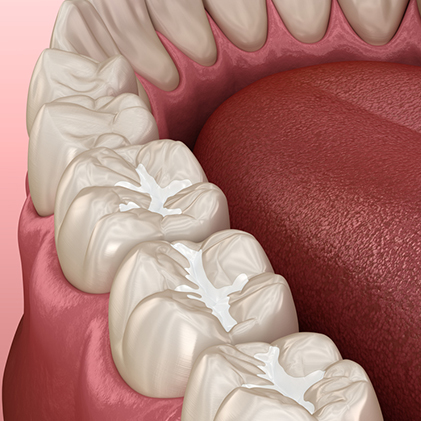Tooth fillings
Tooth fillings are a type of dental restoration used to repair and restore damaged or decayed teeth. Fillings are made of various materials, such as amalgam, composite resin, or gold, and are designed to fill in the cavity created by tooth decay or damage.
Types of Tooth Fillings:
There are several types of tooth fillings, including:
- Amalgam Fillings : Amalgam fillings are made of a mixture of mercury and other metals, such as silver, tin, and copper. They are strong and durable, but can be noticeable in the mouth.
- Composite Resin Fillings : Composite resin fillings are made of a mixture of plastic and glass particles. They are tooth-colored and can be used to fill in small to medium-sized cavities.
- Gold Fillings : Gold fillings are made of solid gold and are highly durable and resistant to corrosion. They are more expensive than other types of fillings, but can last for many years.
- Ceramic Fillings : Ceramic fillings are made of ceramic materials, such as porcelain or ceramic glass. They are tooth-colored and can be used to fill in small to medium-sized cavities.

How Tooth Fillings Work:
Tooth fillings work by filling in the cavity created by tooth decay or damage. The filling is shaped to match the natural shape of the tooth, and is then bonded to the tooth using a strong adhesive.
The process of getting a tooth filling involves several steps:
- Preparation: The dentist will prepare the tooth by cleaning out the decay or damage.
- Filling: The dentist will then fill the cavity with the chosen material.
- Shaping: The dentist will shape the filling to match the natural shape of the tooth.
- Bonding: The dentist will bond the filling to the tooth using a strong adhesive.
Benefits of Tooth Fillings:
Tooth fillings have several benefits, including:
- Prevention of Further Decay : Tooth fillings can prevent further decay by filling in the cavity and preventing bacteria from entering the tooth.
- Restoration of Function : Tooth fillings can restore the natural function of the tooth, allowing patients to eat and speak normally.
- Improvement of Appearance : Tooth fillings can improve the appearance of teeth by filling in gaps or cavities.
- Relief from Pain : Tooth fillings can relieve pain caused by tooth decay or damage.
Risks and Complications Associated with Tooth Fillings:
While tooth fillings are generally safe and effective, there are some risks and complications associated with their use, including:
- Sensitivity: Tooth fillings can cause sensitivity in some patients, especially if they are made of metal or ceramic materials.
- Allergic Reactions
- Infection: There is a risk of infection associated with tooth fillings, especially if they are not properly cleaned or maintained.
- Fracture: Tooth fillings can fracture if they are made of weak materials or if they are subject to excessive biting or chewing forces.
Prevention and Maintenance:
To prevent tooth decay and damage, it is important to maintain good oral hygiene habits, including:
- Brushing regularly: Brush your teeth at least twice a day with a fluoride toothpaste.
- Flossing regularly: Floss your teeth at least once a day to remove food particles and plaque.
- Visiting your dentist regularly: Visit your dentist regularly for check-ups and cleanings.
- Avoiding sugary foods: Avoid sugary foods and drinks that can contribute to tooth decay.